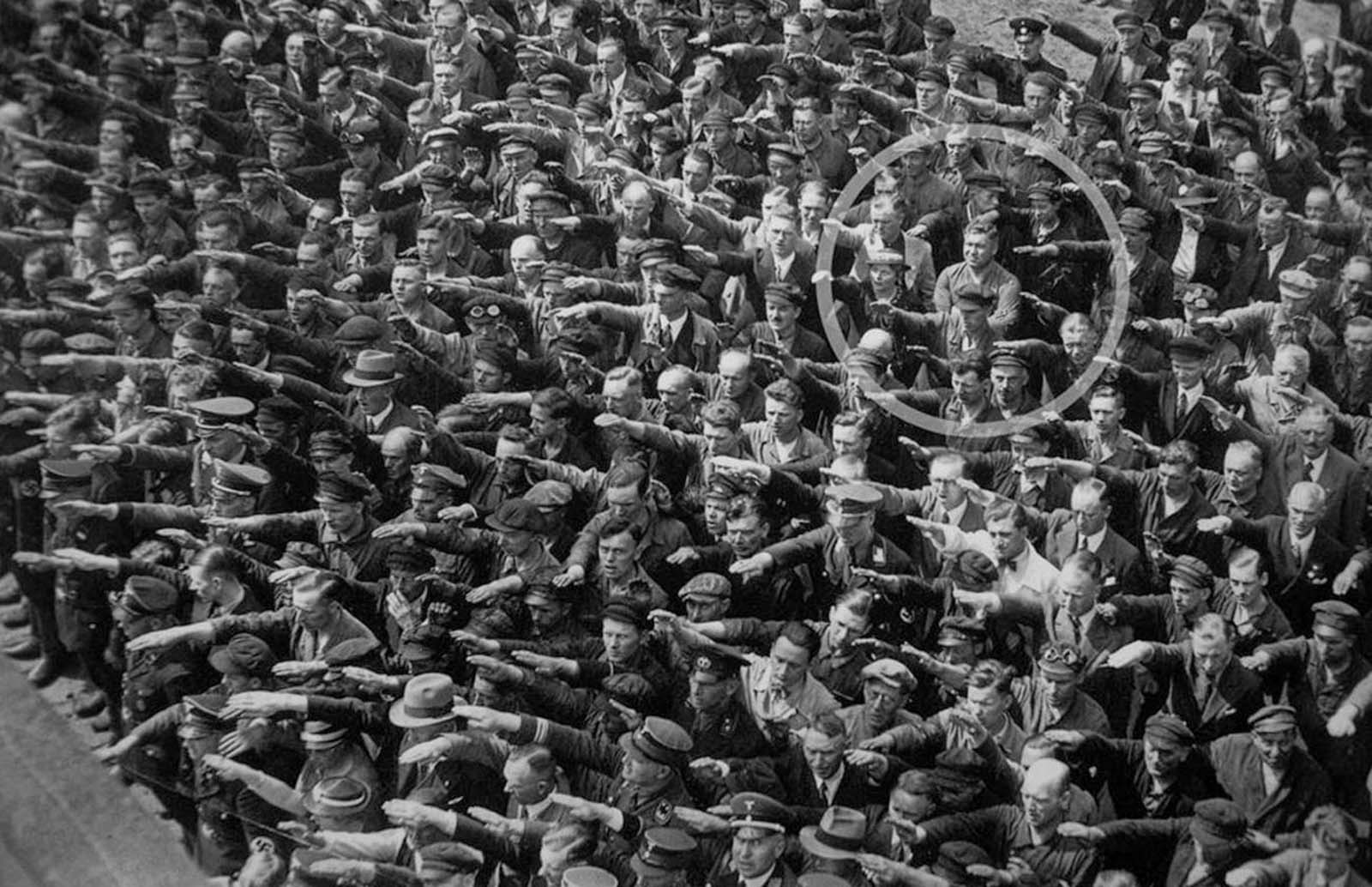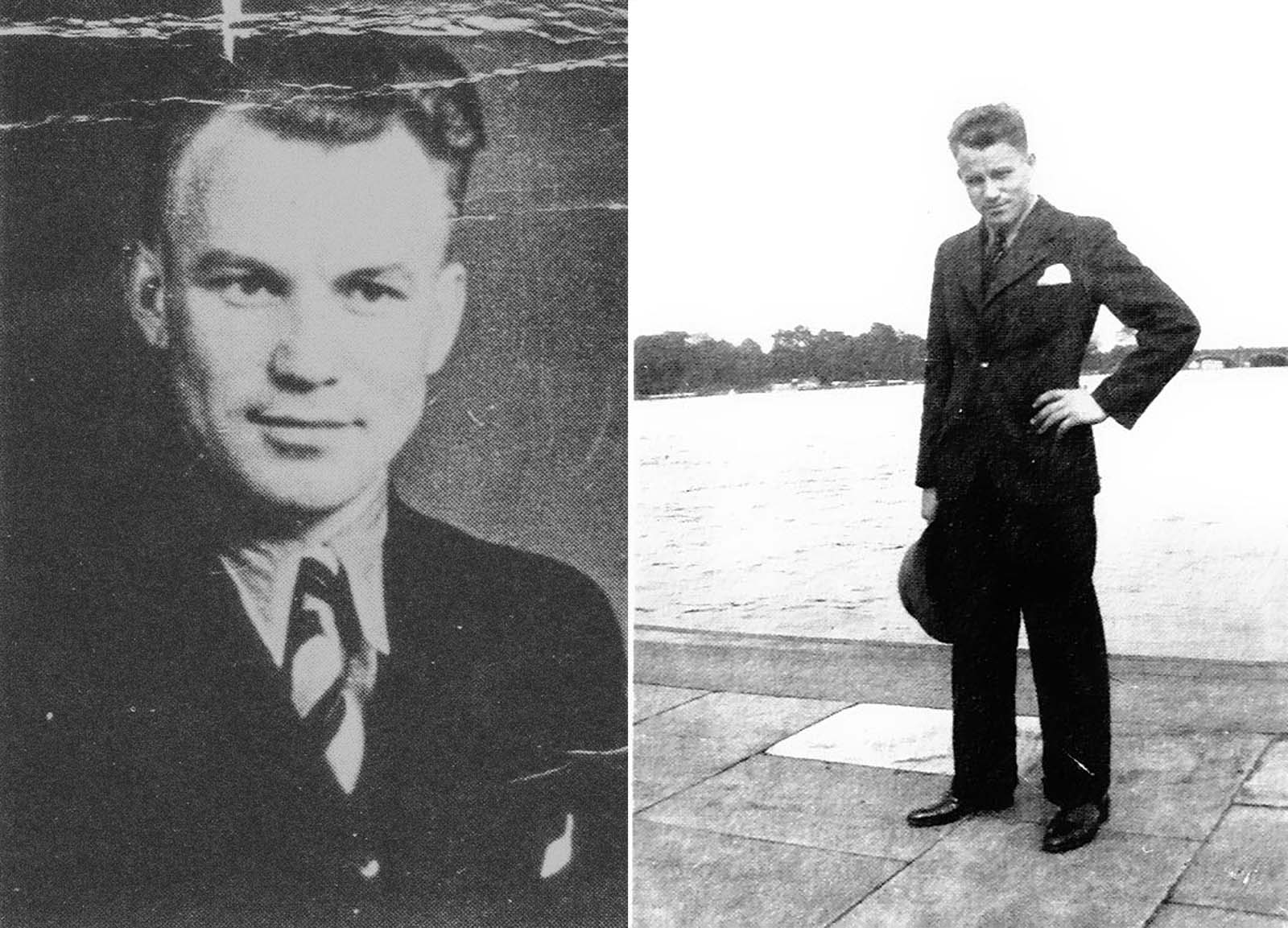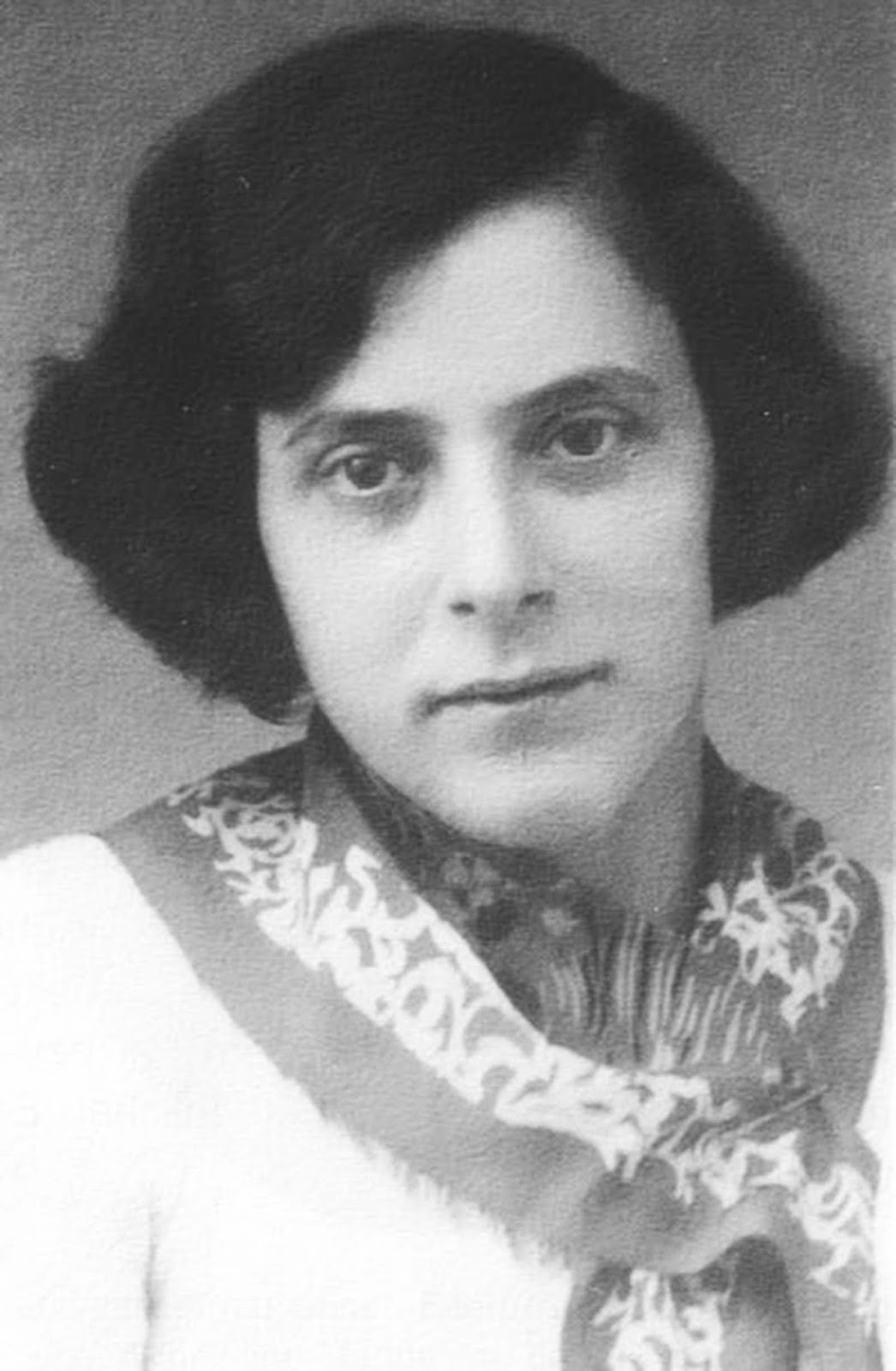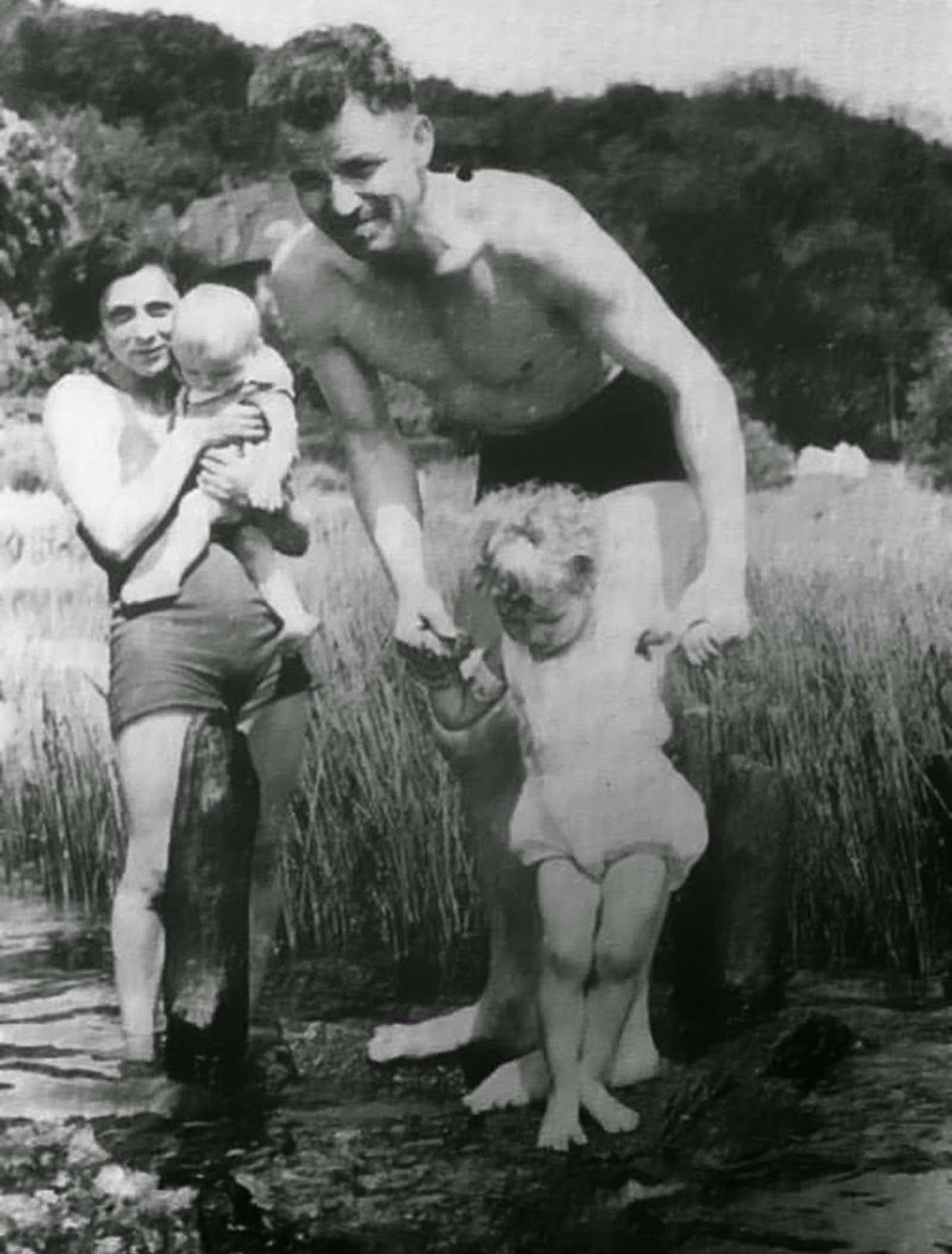Within the picture, a lone man stood with arms crossed as hundreds of men and women around him held up their arms in salute and allegiance to the Nazi Party and its leader, Adolf Hitler. Everyone in attendance is showing their undying support for Der Führer by throwing out their very best “Sieg Heil”. August Landmesser, grimacing with arms crossed, stood strong and defiant as he showed his disapproval by not displaying support for the Nazi Party. What made this photo and Landmesser’s defiance unique is that it represented the protest of one man, in its most sincere and pure form. The source of Landmesser’s protest, like many great tragedies, starts with a love story. The story of August Landmesser’s anti-gesture begins, ironically enough, with the Nazi Party. Believing that having the right connections would help land him a job in the pulseless economy, Landmesser joined the Nazi Party in 1931. Little did he know that his heart would soon ruin any progress that his superficial political affiliation might have made. In 1934, Landmesser met Irma Eckler, a Jewish woman, and the two fell deeply in love. Their engagement a year later got him expelled from the party, and their marriage application was denied under the newly enacted racial Nuremberg Laws. August and Irma had a baby girl, Ingrid, in October of the same year, and two years later in 1937, the family made a failed attempt to flee to Denmark, where they were apprehended at the border. August was arrested and charged for “dishonoring the race” under Nazi racial law. He argued that neither he nor Eckler knew that she was fully Jewish, and was acquitted on 27 May 1938 for lack of evidence, with the warning that a repeat offense would result in a multi-year prison sentence. The couple publicly continued their relationship and a month later August Landmesser would be arrested again and sentenced to hard labor for two years in a concentration camp. He would never see his beloved wife again. Eckler was detained by the Gestapo and held at the prison Fuhlsbüttel, where she gave birth to a second daughter Irene. Their children were initially taken to the city orphanage. Ingrid was later allowed to live with her maternal grandmother; Irene went to the home of foster parents in 1941. Later, after her grandmother’s death in 1953, Ingrid was also placed with foster parents. A few letters came from Irma Eckler until January 1942. It is believed that she was taken to the so-called Bernburg Euthanasia Centre in February 1942, where she was among the 14,000 killed. In the course of post-war documentation, in 1949 she was pronounced legally dead. August would be released in 1941 and began work as a foreman. Two years later, as the German army became increasingly mired by its desperate circumstances, Landmesser would be drafted into a penal infantry along with thousands of other men. He would go missing in Croatia where it is presumed he died, six months before Germany would officially surrender. His body was never recovered. Like Eckler, he was declared legally dead in 1949. In 1951, the Senate of Hamburg recognized the marriage of August Landmesser and Irma Eckler. Their daughters split their parents’ names, Ingrid taking their father’s and Irene keeping their mother’s. In 1996, Irene Eckler published the book The Guardianship Documents 1935–1958: Persecution of a Family for “Dishonoring the Race”. This book about the story of her family includes a large amount of original documents from the time in question, including letters from her mother and documents from state institutions. The photograph of August Landmesser refusing to do Sieg Heil was published for the first time on 22 March 1991 in Die Zeit. The photograph version with the circle is the original copy. The ship “Horst Wessel” which everyone is saluting was claimed by America as a war prize after WWII. It was recommissioned as a Coast Guard Cutter, renamed “Eagle” and it’s still in service. (Photo credit: Bundesarchiv). Notify me of new posts by email.
Δ Subscribe




